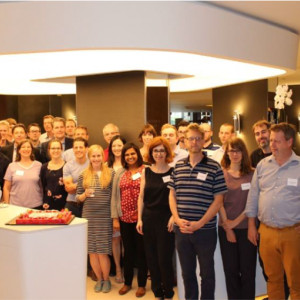 \
&
Contact us
\
&
Contact us
 \
&
Contact us
\
&
Contact us
Published on | 8 months ago
Programmes MSCAIt is expected that the European Commission would launch by the end of this month the pre-publication of the Horizon Europe Main Work Programme (WP) 2025. In the European Commission comitology register* the latest draft (April 2025) of the Marie Sklodowska-Curie Actions (MSCA) 2023-2025 work programme is available for download. Be aware that availability of documents in the register is subject to change i.e. available for download or a request to the relevant Commission department is required.
*The comitology register contains a list of all comitology committees, as well as background information and documents relating to the work of each committee (including the Programme Committees for the differents parts of Horizon Europe)
We offer news and event updates, covering all domains and topics of Horizon Europe, Digital Europe & EDF (and occasionally, for ongoing projects, Horizon 2020).
Stay informed about what matters to you.
By signing up, you can opt in for e-mail notifications and get access to
a personalised dashboard that groups all news updates and event announcements in your domain(s).
Only for stakeholders located in Flanders

Circusol is an Innovation Action project funded under a cross-cutting work programme part of Horizon 2020. Circusol aims at unleashing the full potential of circular business models, in particular Product-Service Systems, in simultaneously delivering real environmental, economic and user benefits. By that, Circusol aims to establish solar power as a spearhead sector in demonstrating a path driven by service-based businesses towards a circular economy in Europe.
A strong Flemish partnership in new Horizon 2020 project on circular economy business demonstrators, including VITO (Coordinator), IMEC, Ecopower cvba, Futech bvba, PV Cycle aisbl and Daidalos Peutz bvba.